Gender dysphoria is a condition where a person experiences distress because there is a mismatch between their biological sex and gender identity. This can manifest in a number of ways, including dressing and behaving in accordance with the opposite gender, or feeling like you are trapped in the wrong body. If you think that you or someone you know might be experiencing gender dysphoria, it is important to get help. In this blog post, we will discuss what gender dysphoria is, some of its signs, and available treatment options.
Contents
- 1 What Is Gender Dysphoria?
- 2 Signs of Gender Dysphoria
- 3 Issues Faced By Gender Dysphoric People
- 4 Reasons For Gender Dysphoria
- 5 Gender Dysphoria In Different Age-Groups
- 6 Gender Dysphoria In Different Cultures
- 7 Different Treatment Options of Gender Dysphoria
- 8 Helping Someone With Gender Dysphoria
- 9 Conclusion
- 10 A Word From Therapy Mantra
What Is Gender Dysphoria?
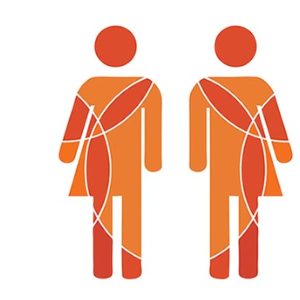 Gender dysphoria is a condition in which a person experiences discomfort or distress because there is a mismatch between their biological sex and gender identity. Gender dysphoria used to be known as gender identity disorder (GID), but the name was changed in 2013 because it didn’t accurately reflect the range of symptoms people experience.
Gender dysphoria is a condition in which a person experiences discomfort or distress because there is a mismatch between their biological sex and gender identity. Gender dysphoria used to be known as gender identity disorder (GID), but the name was changed in 2013 because it didn’t accurately reflect the range of symptoms people experience.
People with gender dysphoria may feel like they were born into the wrong body, or that they have the wrong gender role.
They may want to dress and behave in ways that are typically associated with the opposite sex, or they may even want to change their physical appearance through surgery or hormone therapy.
This can be a difficult condition to live with, and it can cause a lot of distress. Gender dysphoria is a relatively rare condition, affecting about 0.005% of the population.
Signs of Gender Dysphoria
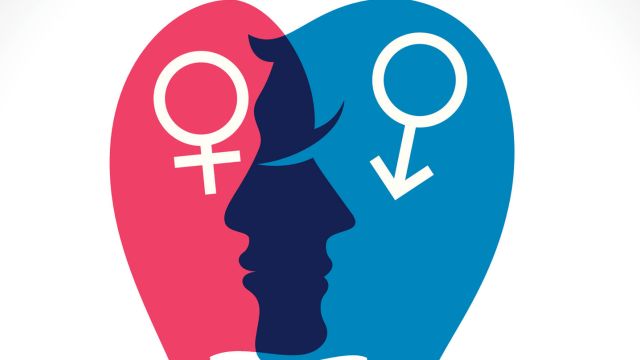
There are many signs of gender dysphoria, but not everyone experiences all of them.
Some common signs include:
- Feeling like you were born into the wrong body: This is the most common sign of gender dysphoria. People with gender dysphoria often feel like their body doesn’t match their true gender identity.
- Feeling uncomfortable with your biological sex: This includes feeling like you have the wrong genitals, or that your body is sexually abnormal in some way.
- Wanting to dress and behave in ways typical of the opposite sex: This may include wanting to wear clothes and makeup that are typically associated with the other gender or wanting to change your name and/or pronouns.
- Experiencing distress because of your gender identity: This can manifest as depression, anxiety, or even suicidal thoughts.
- Trying to hide your gender identity from others: This may include pretending to be the opposite sex in public or not talking about your gender identity with anyone.
- Needing medical treatments to transition to the other sex: This includes surgery and hormone therapy.
- Wanting to be treated as another gender: This includes wanting to be called by a different name and pronouns or wanting to live as the opposite sex.
- Trying to change your body to match your gender identity: This includes things like hair removal, binding your chest, and taking hormones.
- Making changes to your sex life: This includes choosing not to have sex, wanting to have opposite-sex relationships, or wanting to have surgery to change your genitals.
Issues Faced By Gender Dysphoric People
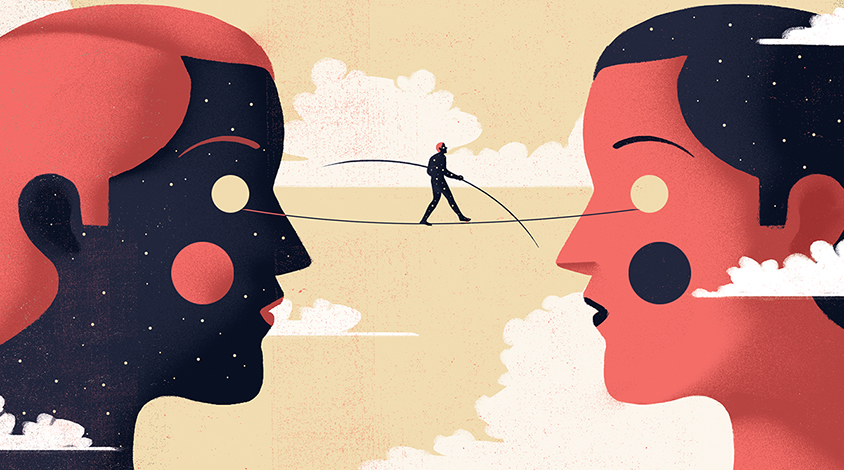
There are many issues that gender dysphoric people face. Some of the most common ones are:
Feeling like you don’t fit in with either gender: This can be because your appearance doesn’t match traditional ideas of what men or women look like, or because you don’t feel comfortable with either gender role.
Having to hide your identity from others: This includes hiding your true gender identity from family, friends, and coworkers. It can also mean not being able to dress or act the way you want in public.
Bullying and discrimination: People who are transgender or gender non-conforming often experience a lot of bullying and discrimination. This can lead to feelings of isolation and depression.
Lack of understanding from others: Many people don’t understand what gender dysphoria is, and this can lead to them not wanting to associate with you or treat you differently.
Trying to transition but not being able to: Transitioning can be expensive and difficult, and not everyone who wants to transition is able to do so. This can lead to a lot of frustration and distress.
Having surgery or taking hormones against your will: In some cases, parents or spouses may try to force someone who is gender dysphoric to have surgery or take hormones against their will. This can be very damaging and frustrating.
Reasons For Gender Dysphoria
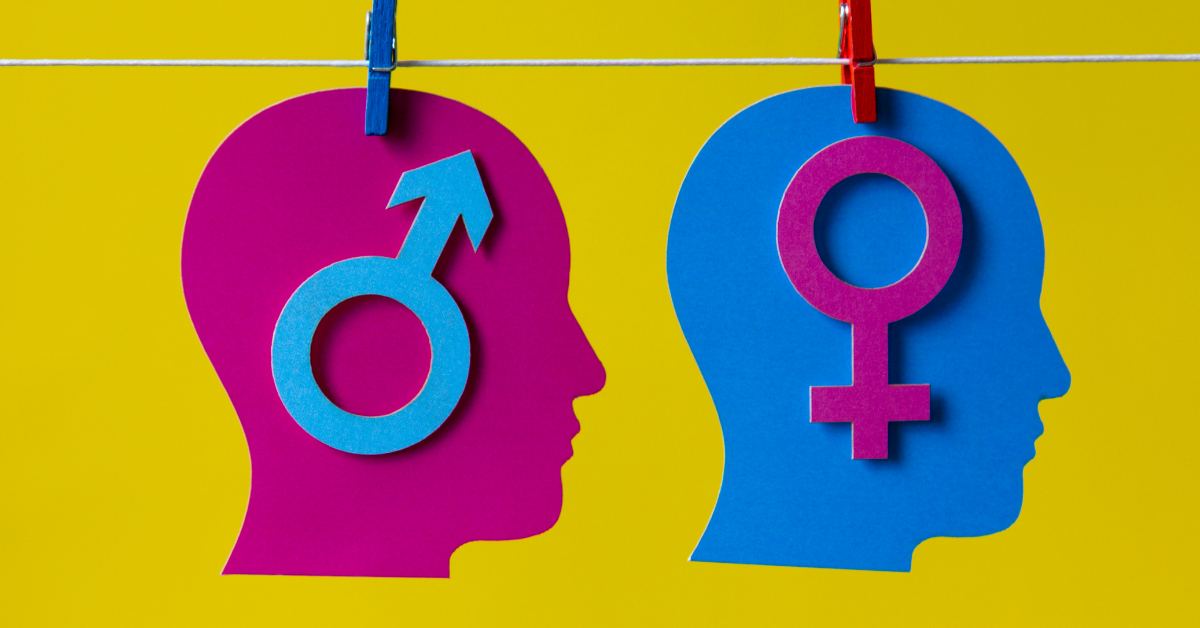
There can be many reasons as well for gender dysphoria. Some of the most common ones are:
Having Transgender Parent
Studies have shown that children of transgender parents are more likely to experience gender dysphoria themselves. This may be because they see their parent being happy and authentic in their gender identity, or it could be due to genetics.
Being Assigned Wrong Sex At Birth
Some people experience gender dysphoria because they were assigned the wrong sex at birth. This can be very confusing and distressing for them. It can also be difficult to change the gender on your birth certificate and other legal documents.
Experiencing Sexual Abuse
People who have experienced sexual abuse are more likely to experience gender dysphoria. This is because sexual abuse can cause someone to feel like their body is not their own, or that they are not in control of their life.
Trauma
This can be a possible reason for gender dysphoria in some people. Trauma can cause someone to feel like they do not belong in their own body, which can lead to them feeling uncomfortable with their gender identity. Sometimes people try to cope with trauma by changing their gender identity.
Gender Dysphoria In Different Age-Groups

Gender dysphoria can occur in people of all ages. You can mostly see this in children and adults.
Children
Children may express gender dysphoria by refusing to wear clothes that are traditionally associated with their sex, wanting to play only with children of the opposite sex, or insisting that they are a different gender than what they were assigned at birth. This can also lead to problems at school, such as being bullied or feeling like they don’t fit in.
Adults
An adult may experience gender dysphoria if they have always felt that their assigned sex was not right for them, or if they only recently realized that they are transgender. They may also feel uncomfortable with the gender roles that are expected of them. Some adults choose to transition while others do not. It is important to remember that there is no one right way to deal with gender dysphoria.
Adolescents
Adolescents may experience gender dysphoria if they feel like their assigned sex does not match their true gender identity. They may also feel uncomfortable with the gender roles that are expected of them. As adults, there is no one right way for adolescents to deal with gender dysphoria. Some choose to transition while others do not.
Gender Dysphoria In Different Cultures
Gender dysphoria can look different in different cultures. For example, in some cultures, it is more common for people to dress and act in ways that break gender norms. This does not mean that these people are experiencing gender dysphoria, but only that the symptoms of gender dysphoria can look different in different cultures.
Different Treatment Options of Gender Dysphoria
There are a number of different treatment options for people who experience gender dysphoria. Some of these include:
Counseling
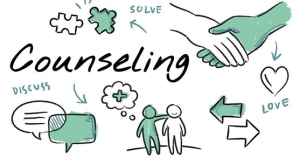
This is often one of the first steps that someone takes when they begin to explore their gender identity. Counseling can help someone understand their feelings and figure out what course of action is best for them. This also includes counseling for family members and friends who may be struggling to understand their loved one’s gender identity.
Hormone Therapy
Hormone therapy is a process of taking hormones. It also associates with the other gender. This can help someone feel more like themselves and may also lead to changes in appearance. Some people choose to undergo surgery as well.
Gender Transitioning
 This is when someone makes changes to their appearance and lifestyle in order to match their true gender identity. This can include changing your name, dressing differently, and changing the way you speak. Some people choose to transition completely while others only make some changes.
This is when someone makes changes to their appearance and lifestyle in order to match their true gender identity. This can include changing your name, dressing differently, and changing the way you speak. Some people choose to transition completely while others only make some changes.
Surgery
Surgery is a major decision that one should not take it lightly. It is important to remember that surgery is only one part of the transition process. It does not always provide a permanent solution to gender dysphoria. This is a decision that one should take with the help of a doctor and other healthcare professionals.
Helping Someone With Gender Dysphoria

There are many ways that you can help someone who is experiencing gender dysphoria. Most of these are:
Be Supportive
You can be supportive by listening to them, not judging them, and respecting their decisions. This includes respecting their decision to transition or not transition.
Be Educated
It is important to be educated about gender dysphoria. You should also know the different treatment options available. This will help you better understand your loved one’s journey.
Be Patient
This is a process that takes time and there is no right or wrong way to deal with it. You should be patient and let your loved ones take the time they need to figure out what is best for them.
Educate Others
It is important to educate others about gender dysphoria. This will help break down the stigma and misunderstanding that surrounds it. You can do this by talking to your friends, family, and coworkers about it.
Listen To Them
Most importantly, you should just listen. Let your loved ones talk about their experiences and what they are going through. This can be a difficult process and they may need someone to talk to.
Encourage Them
You can also encourage your loved ones by telling them that you support them and are proud of them. This can be a powerful motivator for someone who is struggling with gender dysphoria.
Conclusion
Gender dysphoria is a condition that can cause a lot of distress for those who experience it. It can be difficult to deal with and can affect every aspect of someone’s life. There are a number of different treatment options available, but it is important to remember that there is no one-size-fits-all solution. Every person’s journey is unique. You can be supportive by listening to them and respecting their decisions. It is also important to educate yourself about gender dysphoria so that you can better understand your loved ones. Lastly, be patient and let them take the time they need to figure out what is best for them.
A Word From Therapy Mantra
Your mental health — Your psychological, emotional, and social well-being — has an impact on every aspect of your life. Positive mental health essentially allows you to effectively deal with life’s everyday challenges.
At TherapyMantra, we have a team of therapists who provide affordable online therapy to assist you with issues such as depression, anxiety, stress, workplace Issues, addiction, relationship, OCD, LGBTQ, and PTSD. You can book a free therapy or download our free Android or iOS app.


